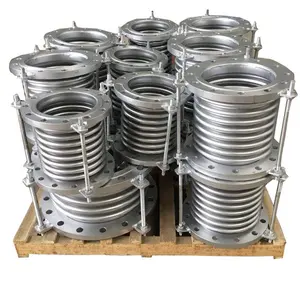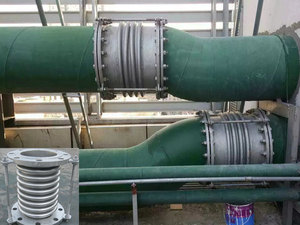Understanding Axial Expansion Joints
Axial expansion joints are essential components in various piping systems, designed to accommodate thermal expansions and contractions. These joints serve to protect the integrity of pipes and connected systems by managing the movement caused by temperature fluctuations, thus minimizing the risks of structural failure. In industries ranging from chemical processing to HVAC systems, axial expansion joints play a vital role in maintaining operational efficiency.
Types of Axial Expansion Joints
There are several types of axial expansion joints, each tailored for specific applications and conditions. Understanding the different types can help businesses select the right one for their needs.
- Bellows Expansion Joints: These are the most common type, featuring a flexible bellows that allows for axial movement. They're widely used in high-temperature environments.
- Metallic Expansion Joints: Made from materials like stainless steel, these joints provide durability and corrosion resistance, making them suitable for aggressive chemicals and extreme temperatures.
- Rubber Expansion Joints: Designed to absorb vibrations and noise, rubber joints are perfect for systems where flexibility and shock absorption are necessary.
- Universal Expansion Joints: These joints can accommodate axial, lateral, and angular movements, making them versatile for complex piping arrangements.
Applications of Axial Expansion Joints
Axial expansion joints are used across various sectors due to their ability to handle dynamic movements while ensuring system integrity. Here are some common applications:
- Pipelines: In long pipelines where temperature variations can cause expansion, axial joints prevent stress and potential breakage.
- Power Plants: They are crucial in boiler systems, where steam and water temperature changes occur frequently, ensuring the safe operation of the plant.
- Chemical Processing: Due to their ability to resist corrosive substances, axial expansion joints are widely used in chemical reactors and processing plants.
- HVAC Systems: In heating, ventilation, and air conditioning systems, these joints help accommodate thermal expansion while reducing noise and vibration.
Advantages of Using Axial Expansion Joints
The integration of axial expansion joints into a piping system offers several advantages that enhance durability and performance:
- Flexibility: Axial expansion joints provide the necessary flexibility to handle movement without compromising the system's integrity.
- Stress Reduction: By allowing for controlled movement, these joints help mitigate stress on the pipes, reducing the likelihood of leaks or ruptures.
- Noise and Vibration Damping: Particularly in rubber expansion joints, the ability to absorb vibrations leads to quieter operation and extended machinery life.
- Increased Longevity: Properly installed axial expansion joints can significantly extend the lifespan of piping systems, translating to lower maintenance costs.

















































































































































































































